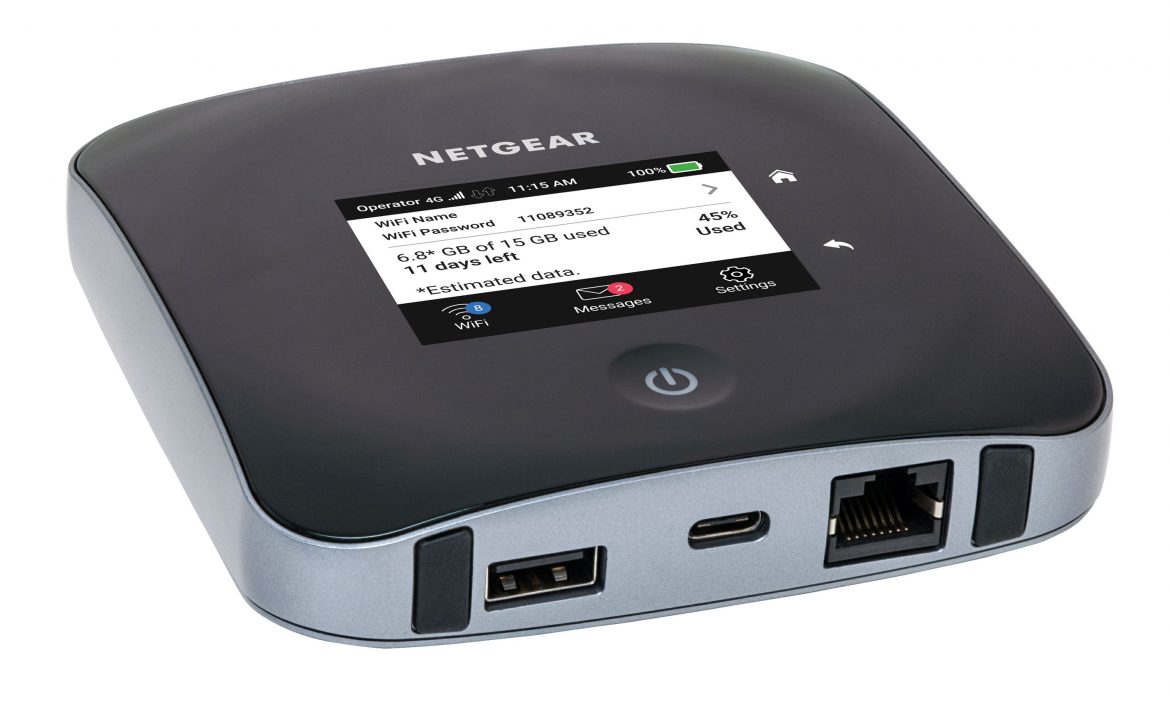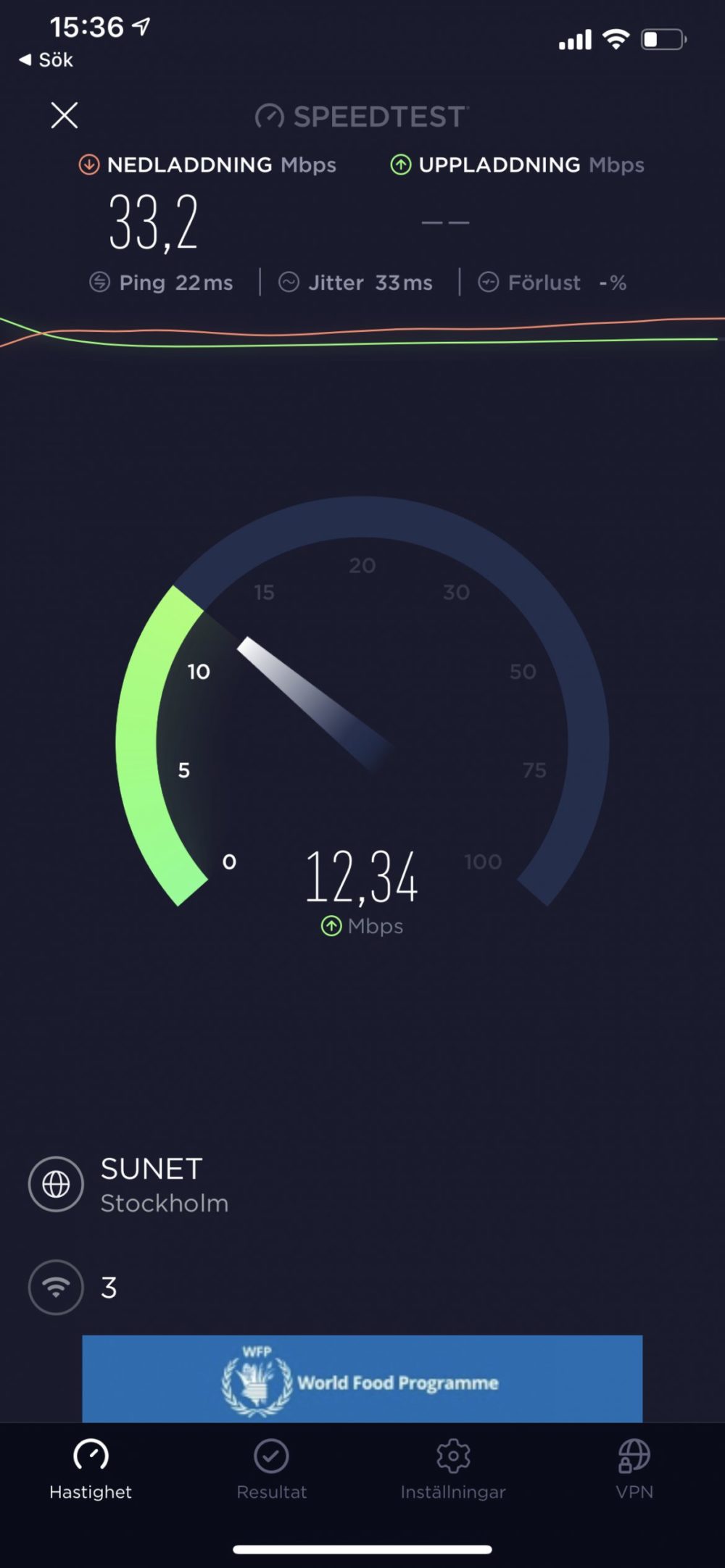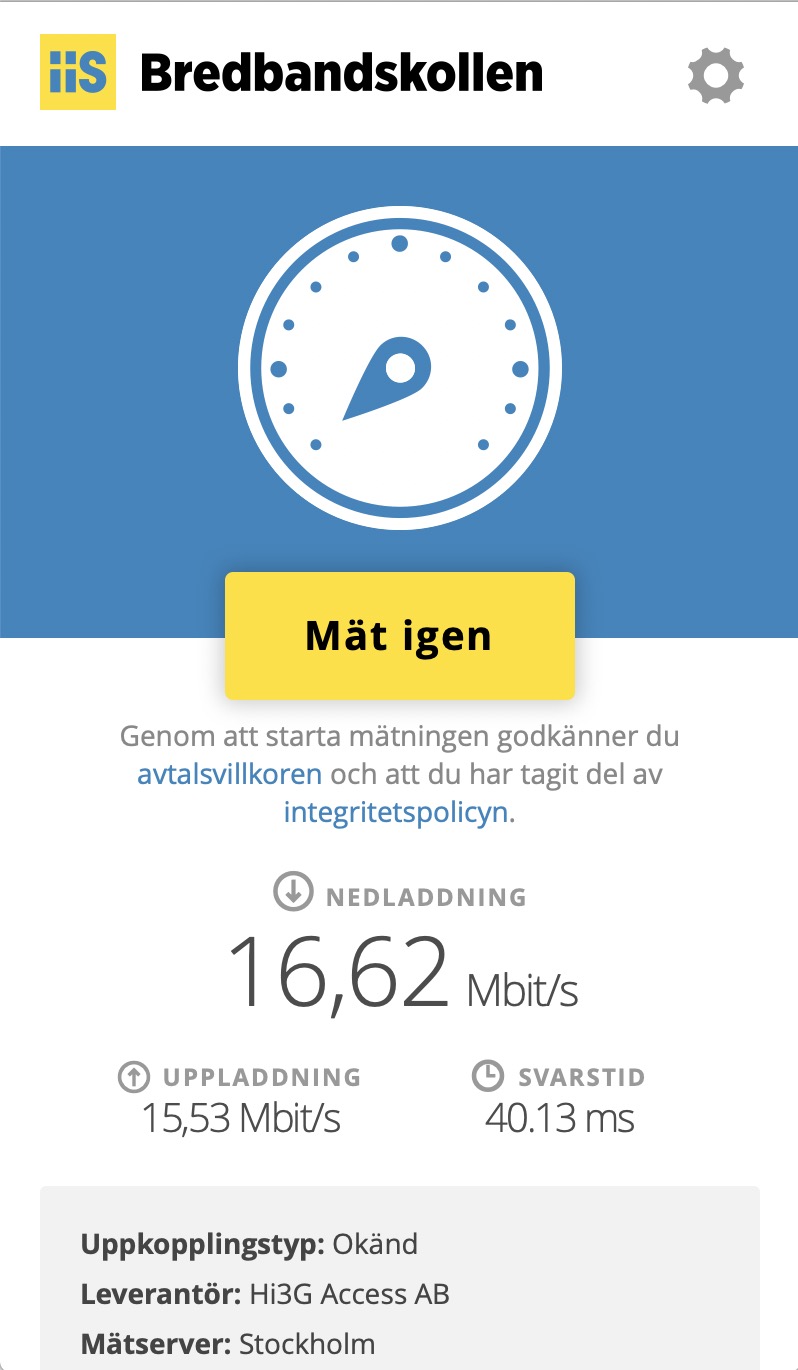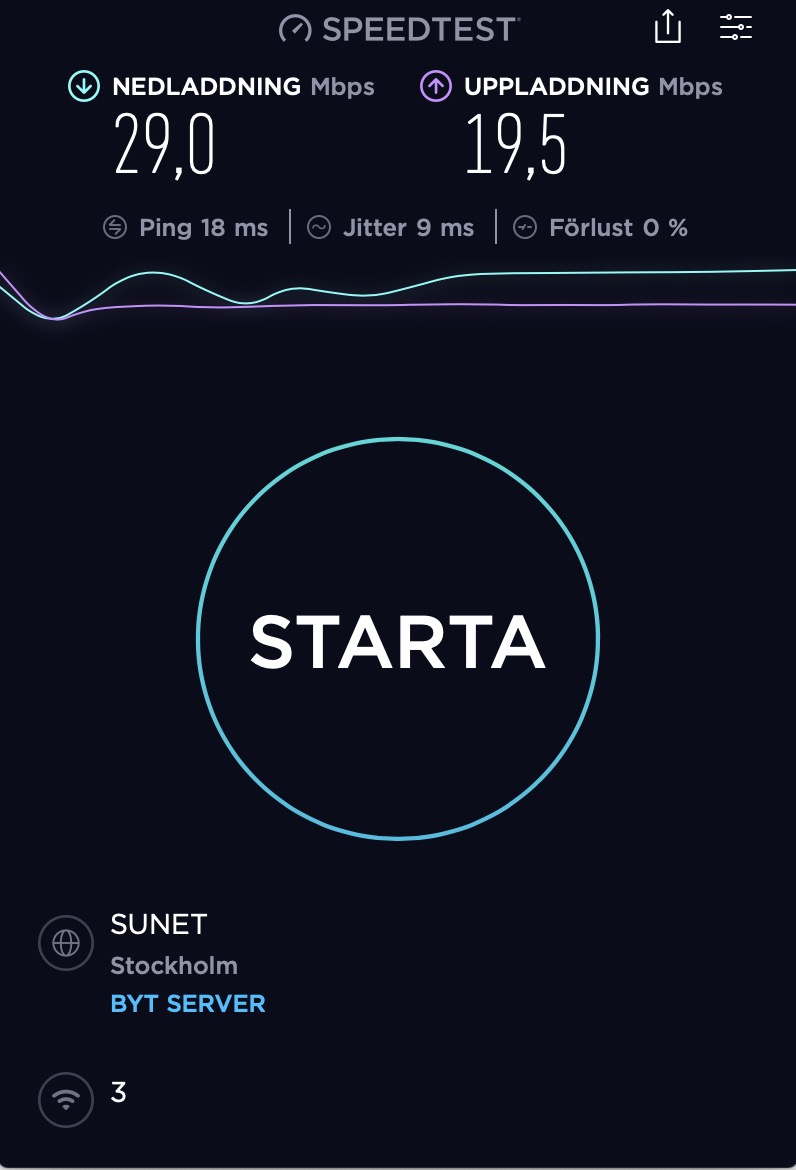TL;DR
The Netgear Nighthawk M2 offers a sleek design and robust features, promising future-proof connectivity with theoretical gigabit speeds. While it excels in ease of use, handling multiple devices, and portability, its current real-world performance is largely capped by existing 4G networks, delivering speeds comparable to much cheaper alternatives. The M2's high price point makes it a niche product for early adopters focused on future 5G readiness, but for most users, older, more affordable models offer better value. Is this premium mobile router worth the hefty price tag? Dive into our full review to find out.
Netgear has recently launched the M2, a successor to last year’s M1 and an upgrade to the popular AirCard 810. We previously found the AirCard 810 to be a valuable and performant mobile router, particularly in remote locations. The new M2 joins the Nighthawk family, with a focus on premium features and enhanced connectivity. However, the question remains: can any mobile router truly justify a price exceeding 5000 SEK?
Interested in the Netgear Nighthawk M2? Purchase it here at a competitive price and support senses.se.
The Nighthawk M2 presents a sleek and sophisticated aesthetic, seamlessly integrating into modern technology ecosystems and home environments. Its low, square, black profile is reminiscent of an Apple TV (3rd generation), complemented by an easily readable LCD touchscreen. While the touchscreen is functional, users with larger fingers may find the Netgear Mobile app more convenient. The app offers a clearer interface, a wider array of settings, and improved usability, though essential functions can be managed directly on the router.
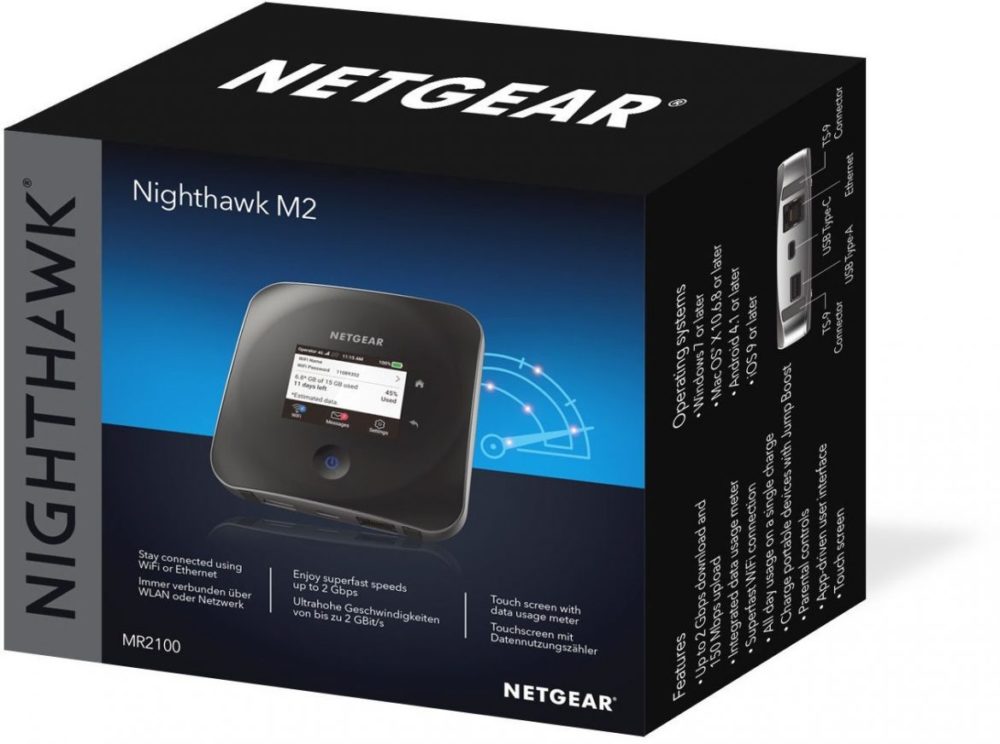
The setup process and mobile app integration are straightforward. Upon initial use, two updates were required (these can be performed via Wi-Fi during setup, also available as an option for offloading mobile data, enabling combined mobile and Ethernet usage if desired). Configuring a dual-band network with 2.4 GHz and 5 GHz frequencies, secured with WPA2, was simple. The mobile app provides comprehensive oversight and control. The M2 scores highly in terms of ease of setup and management.
Nighthawk M2 Performance Analysis
The performance capabilities of the Nighthawk M2 are noteworthy. It boasts theoretical support for up to 2 Gbit/s download speeds and 150 Mbit/s upload speeds, mirroring the previous M1 model. This surpasses the capabilities of some stationary routers, at least on paper. While 5G rollout has been anticipated for some time, real-world gigabit mobile speeds remain a future prospect. The timeline for widespread 5G availability is uncertain, especially given ongoing debates regarding the technology.
As of late 2019, enhanced 4G technologies (LTE Advanced Carrier Aggregation, “4G+” with 10 or 20 streams) offer peak speeds around 300 Mbit/s. While suitable for stationary broadband, even for demanding tasks like streaming, this figure represents a theoretical maximum rarely achieved in practice. In central Stockholm, where 4G coverage is generally excellent, an iPhone 11 Pro Max on Hallon’s mobile network (utilizing Tre’s 4G infrastructure) yielded the following results:

4G broadband via Hallon (3 4G) on iPhone 11 Pro Max 
4G broadband via Hallon (3 4G) on iPhone 11 Pro Max
Speeds of approximately 30-40 Mbit/s download and 12-22 Mbit/s upload were observed. This performance is adequate, but not significantly better than what can be achieved with a simpler, more affordable mobile router (which lacks some features and the larger screen, but delivers comparable performance).
Testing with a reference computer yielded the following results:
These figures are not particularly impressive. While results can vary slightly between test runs, these figures offer a general indication of performance. These tests were conducted approximately three meters from the router; at greater distances, signal strength diminished noticeably, dropping to a mere 5 Mbit/s in an adjacent room roughly 10 meters away with open doors. Therefore, despite its amplified signal, the M2 does not match the signal strength of a dedicated broadband router. It is also worth noting that Hallon (and Tre) may not always offer the fastest network speeds throughout Sweden. The Nighthawk M2’s theoretical maximum throughput far exceeds the capabilities of currently available 4G networks. While the 2 Gbit/s internal transfer speed can be leveraged for Wi-Fi data transfer between devices on the same network (e.g., between hard drives), this is not its primary intended use.

The Nighthawk M2 offers stable performance and can support numerous devices simultaneously. In our tests, it handled 12 devices without issue, and is rated for up to 20 simultaneous connections. However, the inclusion of only a single Ethernet port is a drawback, particularly given the three ports provided by the Air Smart Cradle accessory for the 810. The Nighthawk M2 serves as a suitable travel companion, boasting extended battery life, especially when paired with an unlimited data plan for passengers and guests. However, for everyday use, the AirCard 810 with Aircard Cradle accessory may represent a more compelling value proposition. Despite a price difference of a few thousand SEK, the older solution provides superior coverage and more Ethernet ports, while still providing sufficient performance for current network conditions. For permanent installations requiring multiple wired connections, supplementing the Nighthawk M2 with a switch (such as Netgear’s SX10) is recommended. Signal coverage can be improved by connecting external antennas, although these are sold separately and were not tested in this review. The device supports fast charging via USB-C (cable and charger included), and includes media and file server capabilities via USB (A) connectivity.
Target Audience
Netgear has engineered a high-quality router with the potential to deliver exceptional mobile network speeds in the future. However, the current price point, exceeding 5000 SEK during testing, makes it the most expensive mobile router we have encountered. The question is whether the Nighthawk M2 is too far ahead of the curve to attract a broad customer base today. Current 4G networks in Sweden cannot fully utilize its capabilities. While the LED screen and extensive app settings are commendable, comparable basic functionality and real-world performance can be found in routers costing a fraction of the price, even if they lack the same level of premium design (some of which even include data cards). The Netgear M2 currently resembles a luxury vehicle restricted to low-speed driving.
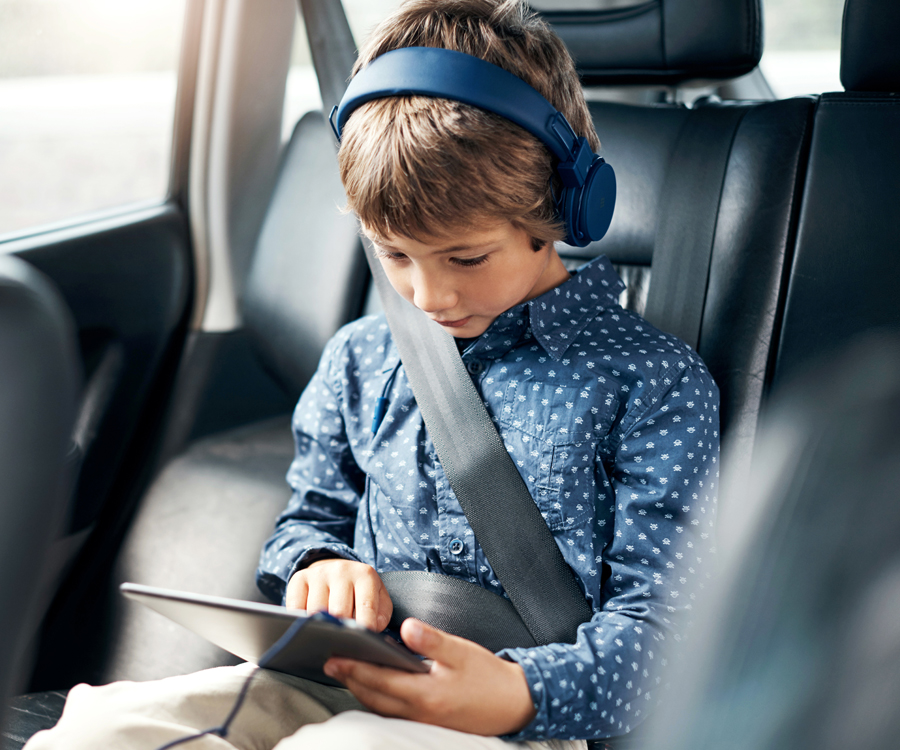
The M2 can function as a home access point and Wi-Fi extender, and it is portable for use in vehicles or on public transport. However, its high cost makes it difficult to recommend wholeheartedly to anyone other than dedicated early adopters with significant financial resources who require the latest technology and seek future-proofing (though the uncertainties surrounding 5G should be considered). Most users will find existing 4G solutions sufficient or can invest in a simpler, more affordable option and allocate the savings elsewhere, such as an unlimited mobile data subscription for the summer.
Purchase the Netgear Nighthawk M2 via this link to secure the best price while supporting the ongoing work of senses.se.
